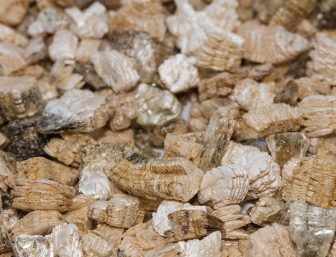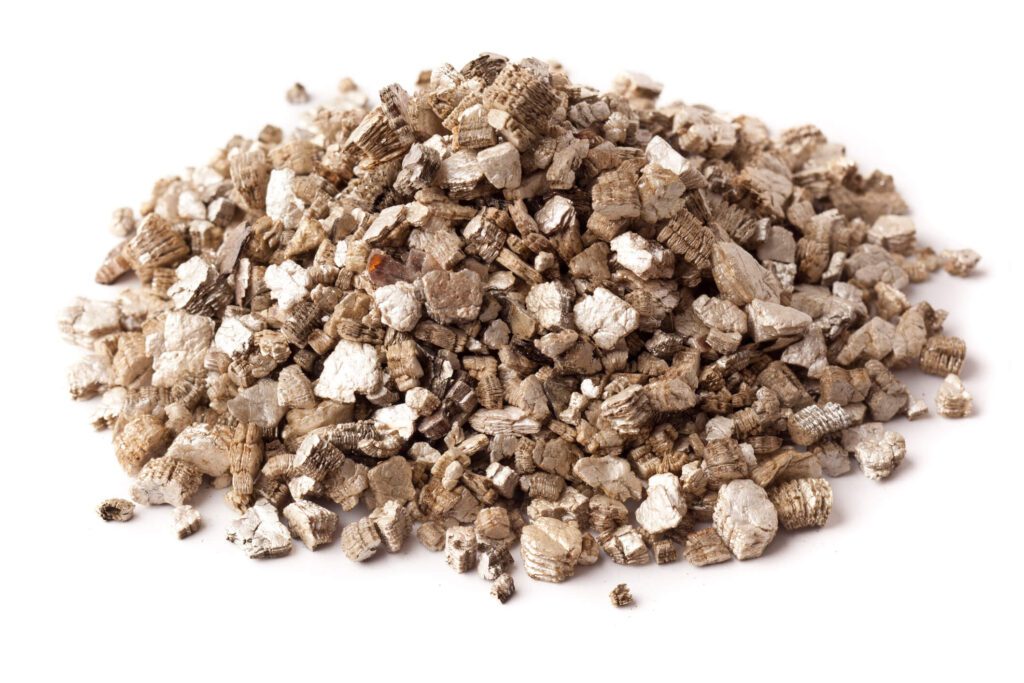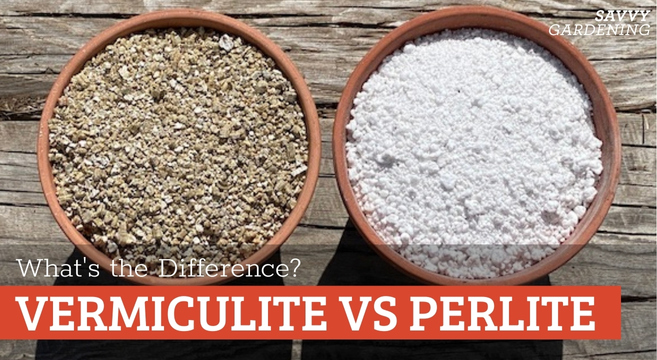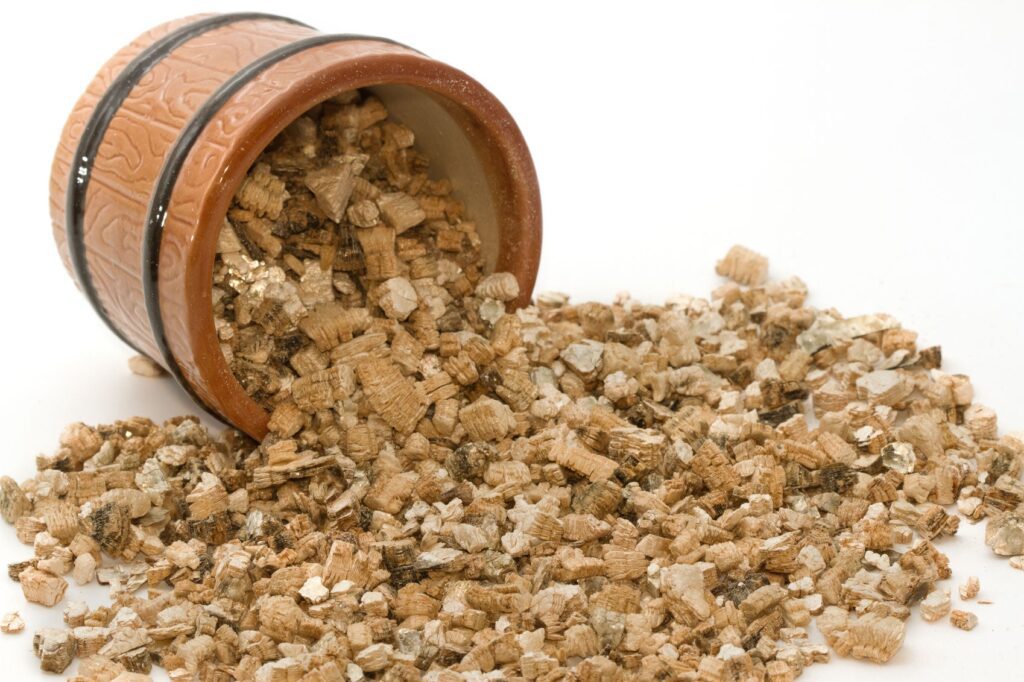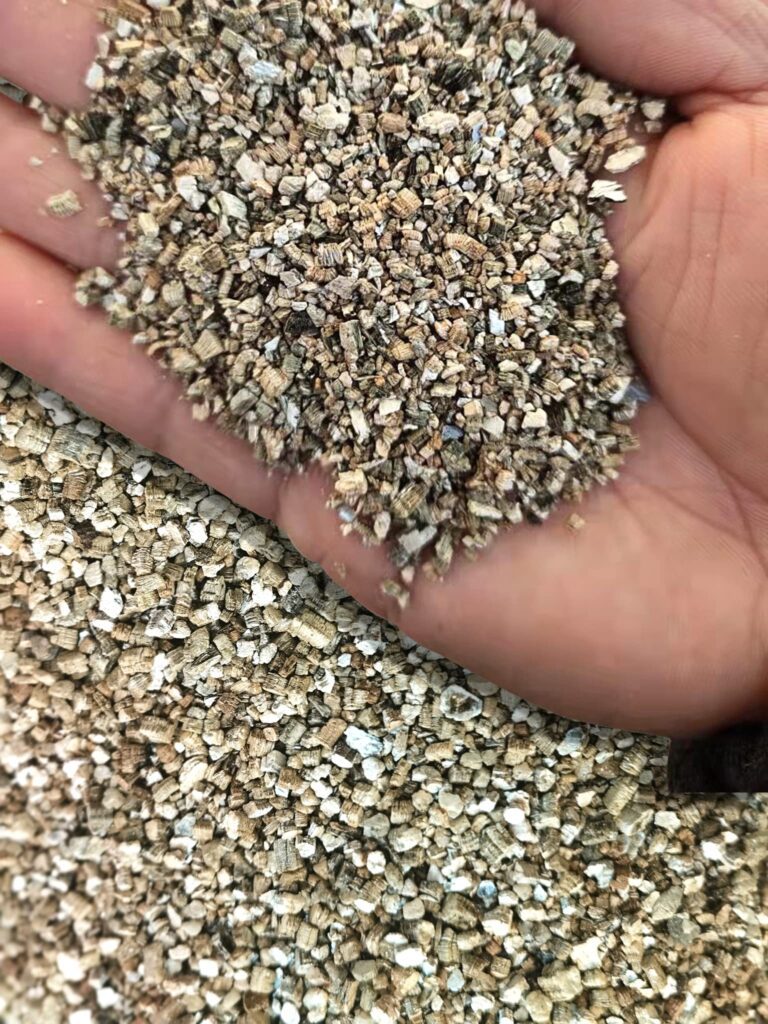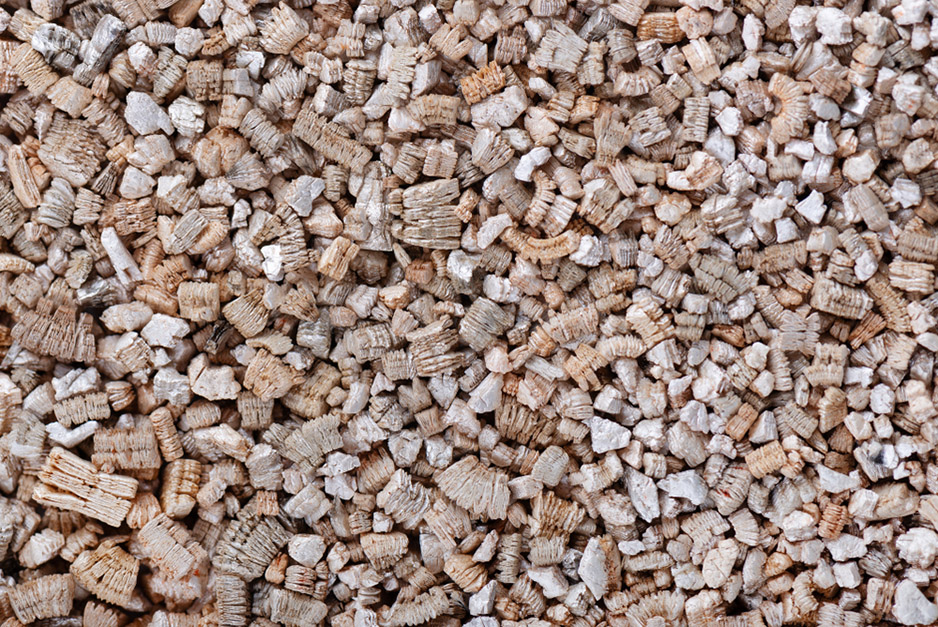Are you concerned about the presence of asbestos in organic vermiculite? This article aims to provide you with an insight into whether organic vermiculite contains asbestos. Asbestos has long been linked to serious health risks, and it’s crucial to understand the potential dangers associated with this mineral. So, let’s explore this issue together and uncover the truth about organic vermiculite and asbestos.
What is organic vermiculite?
Definition of vermiculite
Vermiculite is a naturally occurring mineral that is widely used in various industries due to its unique properties. It is a hydrated magnesium aluminum silicate that resembles the shape of a worm when heated, hence its name. Vermiculite is available in different grades and sizes and is often used as a growing medium in horticulture and gardening.
Properties of organic vermiculite
Organic vermiculite has several properties that make it a popular choice in various applications. It has excellent water-absorbing capacity, which helps retain moisture in soil and improves the efficiency of irrigation. Vermiculite also provides good aeration to plant roots and helps in preventing soil compaction. Additionally, organic vermiculite is lightweight, sterile, and odorless, making it convenient to handle and use in gardening and horticulture projects.
Common uses of vermiculite
Vermiculite has a wide range of applications in industries such as construction, agriculture, and horticulture. In construction, it is commonly used as an insulation material due to its excellent fire resistance and thermal properties. Vermiculite is also utilized in horticulture as a component of potting mixes or as a soil amendment to improve water retention and aeration. Furthermore, it finds use as a packaging material, absorbent, and in various industrial processes.
Understanding asbestos
Definition of asbestos
Asbestos is a group of naturally occurring minerals composed of thin, fibrous crystals. It has been widely used in various industries due to its exceptional heat resistance and durability. Asbestos minerals can be categorized into two groups: serpentine asbestos, which includes chrysotile, and amphibole asbestos, which includes crocidolite, amosite, tremolite, anthophyllite, and actinolite. Asbestos fibers are highly resistant to heat and chemicals, making them an attractive material for insulation, fireproofing, and construction purposes.
Health risks associated with asbestos exposure
Exposure to asbestos fibers can pose significant health risks. When asbestos-containing materials are disturbed or damaged, microscopic fibers can be released into the air and inhaled. Prolonged inhalation of asbestos fibers can lead to serious health conditions, including lung cancer, mesothelioma, and asbestosis. The latency period for asbestos-related diseases can be several decades, making early detection and prevention crucial.
Asbestos in construction materials
Asbestos has historically been used in a wide array of construction materials due to its fire-resistant properties. Common construction materials that have been found to contain asbestos include insulation, roofing shingles, cement pipes, floor tiles, and textured paints. It is important to note that not all construction materials manufactured in the past contained asbestos, but the use of asbestos was widespread until regulations began restricting its usage due to health concerns.


The history of asbestos contamination in vermiculite
Overview of vermiculite mines
Vermiculite mines have been a source of asbestos contamination in the past. One of the most infamous vermiculite mines linked to asbestos contamination is the Libby mine in Montana, USA. This mine was operated by the W.R. Grace and Company and produced vermiculite ore contaminated with tremolite asbestos. The ore from the Libby mine was widely distributed and used to manufacture various consumer products, including insulation materials and gardening products.
The association between vermiculite and asbestos
Due to the presence of asbestos in certain vermiculite mines, there is an association between vermiculite and asbestos contamination. Although not all vermiculite contains asbestos, it is crucial to exercise caution when using vermiculite products, especially if they originated from mines known to have asbestos contamination. Proper testing and certification can help ensure the safety of vermiculite products.
Notable cases of asbestos contamination
Apart from the Libby mine, there have been other notable cases of asbestos contamination in vermiculite. For example, a vermiculite mine in South Carolina, USA, owned by the Enoree Minerals Corporation, was found to have contaminated vermiculite with asbestos fibers. The impact of these cases has highlighted the importance of stringent regulation, thorough testing, and responsible sourcing of vermiculite.
Regulation and testing of organic vermiculite for asbestos
Government regulations and standards
To address the risks associated with asbestos contamination, governments have implemented regulations and standards governing the use and distribution of vermiculite products. The specific regulations vary by country, but they generally aim to ensure the safety and labeling of vermiculite products. For example, in the United States, the Environmental Protection Agency (EPA) and the Consumer Product Safety Commission (CPSC) regulate vermiculite-containing products.
Testing methods for asbestos detection
Various testing methods are employed to detect the presence of asbestos in organic vermiculite products. These methods may include polarized light microscopy (PLM), transmission electron microscopy (TEM), or x-ray diffraction (XRD). Accredited laboratories follow specific protocols and guidelines to accurately analyze vermiculite samples and determine if asbestos fibers are present.
Certification and labeling requirements
Certification and labeling requirements are crucial in providing transparency and assurance to consumers. Organizations such as the United States Asbestos Institute (USAI) and the Vermiculite Association offer certifications and labeling schemes for vermiculite products. These certifications ensure that the vermiculite has been tested and found to be asbestos-free and compliant with applicable standards.
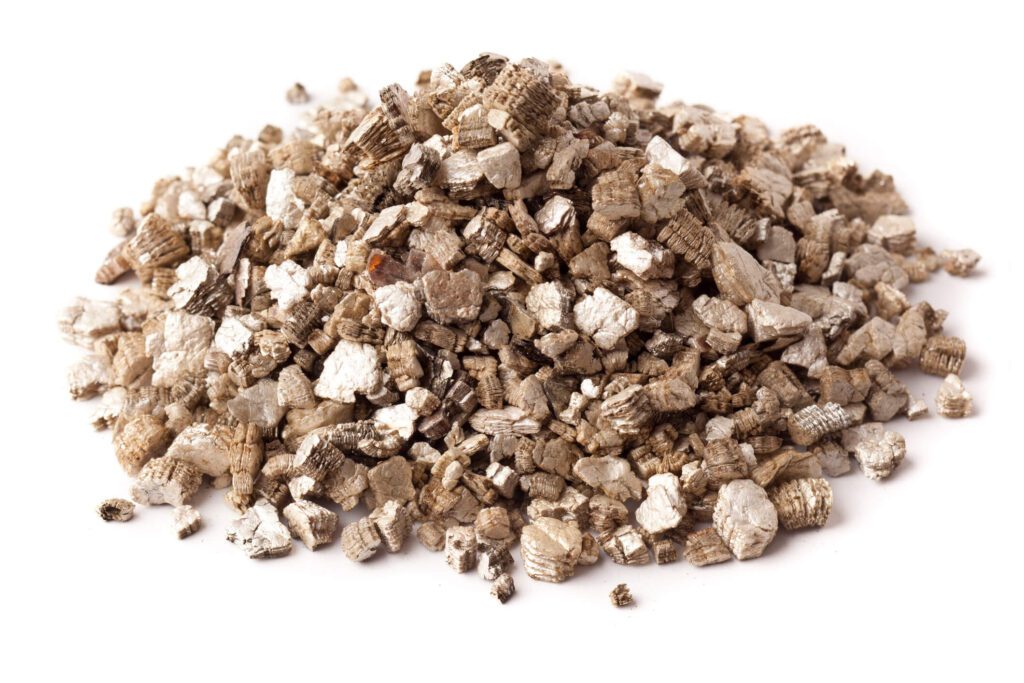

Determining the asbestos content in organic vermiculite
Analyzing vermiculite samples
Analyzing vermiculite samples for asbestos content requires specialized testing procedures. It is advisable to send samples to accredited laboratories equipped with the necessary expertise and equipment. The laboratory will conduct thorough testing using approved methods to determine the presence and quantity of asbestos fibers in the sampled vermiculite.
Asbestos testing laboratories
Several accredited laboratories specialize in asbestos testing and analysis. These laboratories have the expertise and capabilities to accurately identify and quantify asbestos fibers in vermiculite samples. It is essential to choose a reputable laboratory that follows strict quality control measures and participates in proficiency testing programs to ensure reliable and accurate results.
Interpreting test results
Interpreting asbestos test results requires the expertise of professionals experienced in asbestos analysis. The test results will indicate the type and amount of asbestos fibers present in the vermiculite sample. Results should be compared to regulatory limits and guidelines to determine if the vermiculite is safe for use. It is advisable to consult with experts or regulatory authorities if there are any concerns or uncertainties regarding the test results.
Risks and safety precautions when handling organic vermiculite
Potential health risks
Organic vermiculite that is contaminated with asbestos can pose significant health risks if proper precautions are not taken. Exposure to asbestos fibers can lead to severe respiratory diseases, including lung cancer and mesothelioma. It is essential to handle vermiculite products with care and follow appropriate safety precautions to minimize the risk of exposure to asbestos fibers.
Safe handling practices
To minimize the risk of asbestos exposure, several safe handling practices should be followed when handling organic vermiculite. These practices include wearing appropriate personal protective equipment, such as gloves, masks, and goggles, when working with vermiculite. It is also important to avoid creating dust or releasing fibers by wetting vermiculite before use and using enclosed systems for handling and dispensing.
Protective equipment and measures
Protective equipment plays a vital role in reducing the risk of asbestos exposure. When handling vermiculite or working in areas where vermiculite is present, respiratory protection, such as respirators equipped with high-efficiency particulate air (HEPA) filters, should be utilized. Additionally, disposable coveralls, gloves, and safety goggles should be worn to prevent skin contact and eye irritation. Proper ventilation in workspaces is also crucial to prevent the accumulation of airborne fibers.
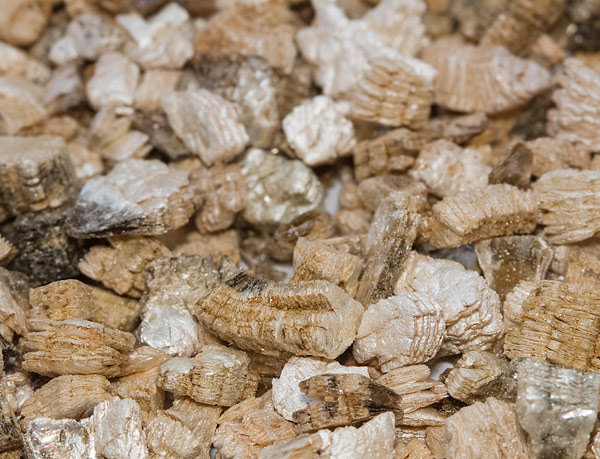

Is all organic vermiculite contaminated with asbestos?
Variability of asbestos presence
Not all organic vermiculite is contaminated with asbestos. Asbestos contamination primarily depends on the source of the vermiculite and the mining practices employed. While some vermiculite mines have been historically linked to asbestos contamination, there are vermiculite sources that have been tested and found to be asbestos-free. It is essential to source vermiculite from reputable suppliers who can provide asbestos-free certifications and ensure responsible mining practices.
Certified asbestos-free vermiculite products
Certified asbestos-free vermiculite products are available in the market. These products have undergone rigorous testing and analysis to confirm the absence of asbestos fibers. Certified asbestos-free vermiculite can provide peace of mind to consumers, knowing that the product they are using is safe and free from potential health hazards associated with asbestos exposure.
Trustworthy sources of organic vermiculite
To ensure the safety of organic vermiculite, it is important to source it from trustworthy suppliers and manufacturers. Reputable suppliers prioritize quality control and carry out thorough testing to confirm the absence of asbestos in their vermiculite products. Choosing a trustworthy source reduces the risk of asbestos contamination and ensures that the organic vermiculite is safe for use in gardening and horticulture.
Alternatives to organic vermiculite
Different types of growing mediums
Several alternatives to organic vermiculite exist as growing mediums in horticulture and gardening. These alternatives offer similar properties and benefits as vermiculite and can be used as substitutes depending on the specific requirements of the project. Some popular alternatives include perlite, coconut coir, peat moss, and compost.
Substitutes for vermiculite in gardening
In gardening, vermiculite is often used to improve soil aeration and water retention. Substitutes that can fulfill these functions include perlite, which is a lightweight volcanic rock that helps with water drainage and provides aeration; coconut coir, which retains water and has excellent drainage properties; and peat moss, which helps retain moisture and improve soil structure.
Comparing pros and cons of alternatives
When considering alternatives to vermiculite, it is important to compare the pros and cons of each option. Factors such as water retention, aeration, availability, cost, and environmental impact should be taken into consideration. Each alternative has its own unique set of properties and benefits, and the choice ultimately depends on the specific requirements and preferences of the gardener or horticulturist.


Consumer concerns and misconceptions
Misleading marketing claims
Consumer concerns regarding vermiculite often stem from misleading marketing claims. Some manufacturers may falsely advertise their vermiculite products as asbestos-free without proper testing or certification. It is essential for consumers to be cautious and seek verifiable information from trusted sources before purchasing vermiculite products.
Appropriate labeling and product transparency
To address consumer concerns, it is crucial for vermiculite products to have appropriate labeling and transparent information regarding asbestos content. Clear and accurate labeling can help consumers make informed decisions about the products they are purchasing, providing them with peace of mind and confidence in the safety of the product.
Educating consumers about vermiculite and asbestos
Education is key in dispelling misconceptions and raising awareness about the relationship between vermiculite and asbestos. Providing accurate information about the risks, regulations, and testing procedures associated with vermiculite can help consumers make informed decisions, choose safe products, and properly handle vermiculite to minimize the risks of asbestos exposure.
Conclusion
Summary of findings
Organic vermiculite, a popular growing medium in horticulture and gardening, has been associated with asbestos contamination in the past. It is crucial to understand the risks, regulations, and testing procedures involved in handling vermiculite to ensure the safety of users. While not all vermiculite is contaminated with asbestos, proper certification, testing, and responsible sourcing are necessary to ensure the absence of asbestos fibers in vermiculite products.
Final thoughts on organic vermiculite and asbestos
Organic vermiculite can be a useful and safe product when sourced responsibly from trustworthy suppliers. By understanding the properties, risks, and alternatives to vermiculite, individuals can make informed decisions and take necessary precautions to minimize the potential health risks associated with asbestos exposure. Education, labeling transparency, and adherence to regulations are vital in ensuring the safe use of organic vermiculite in various applications.
